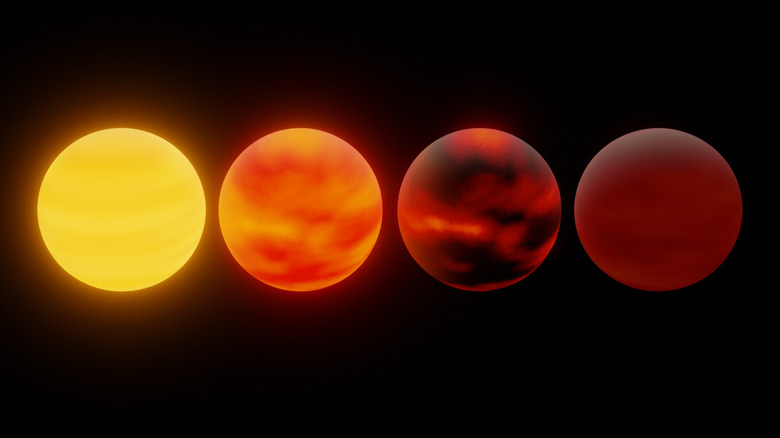
In the depth of the galaxy is all kinds of unusual exoplanet, from freezing cold ice giant to boiling the ultra-heat-gas giant in many strange worlds you will find strange weather too. In some planets, the temperature is quite hot so that the rock minerals are evaporated and turn into clouds. Now, a new study explores how this strange sand cloud is formed (via JPL). This study sees a planet class called Brown Dwarfs, which is bigger and hotter than most planets but not large enough to maintain internal fusion such as stars (through NASA). Astronomers have identified many from this world, but it is unclear which will be a good candidate to find evidence of sand clouds. The technical term for this mineral, which forms most of the stones on earth, is silicate.
To find the possibility of planetary candidates, researchers use data from Spitzer Space Telescope which is now retired, the lead author of research published in the monthly notification of the Royal Astronomy Society, Genaro Suárez from Western University in London, Ontario, explained: “We have to dig up Spitzer data “To find this brown dwarf where there are several indications of silicate clouds, and we really don’t know what we will find,” Suárez said. “We were very surprised to see how strong the conclusion was once we had the right data to be analyzed.” The researchers found that there was a definite temperature range for the planets where this silicate cloud was formed: between 1,900 degrees Fahrenheit (about 1,000 degrees Celsius) and 3,100 Fahrenheit (1,700 degrees Celsius).
Hot and hot exoplanet
An exoplanet must be very hot to evaporate the stone, because this brown dwarf, but not all brown dwarves are in the right temperature range for this phenomenon. Some are too hot, which causes clouds to evaporate completely, while others are too cold, and silicate either sinking through the atmosphere or condenses and falls to the surface like rain.
This research does not only apply to chocolate dwarf. It is possible that silicate clouds can also be formed in our solar system in Jupiter, where the atmospheric temperature is higher at the bottom of the atmosphere than above. This happens because of the pressure created by the atmosphere, which pushes down in the lower layer of atmosphere and heating it. Maybe there are silicate clouds hiding in the lower layer of Jupiter’s atmosphere that we cannot see because of the upper atmosphere.
This study helps improve our overall understanding of the exoplanet atmosphere as well, which is important to not only study the world far but also understand our own planet, according to fellow Metchev Stanimir, also from Western University: “Understanding the Brown Dwarf and Planet -Planet atmosphere in Where silicate clouds can form can also help us understand what we will see in the atmosphere of a planet that is closer in size and temperature to earth.








